St. Lawrence River
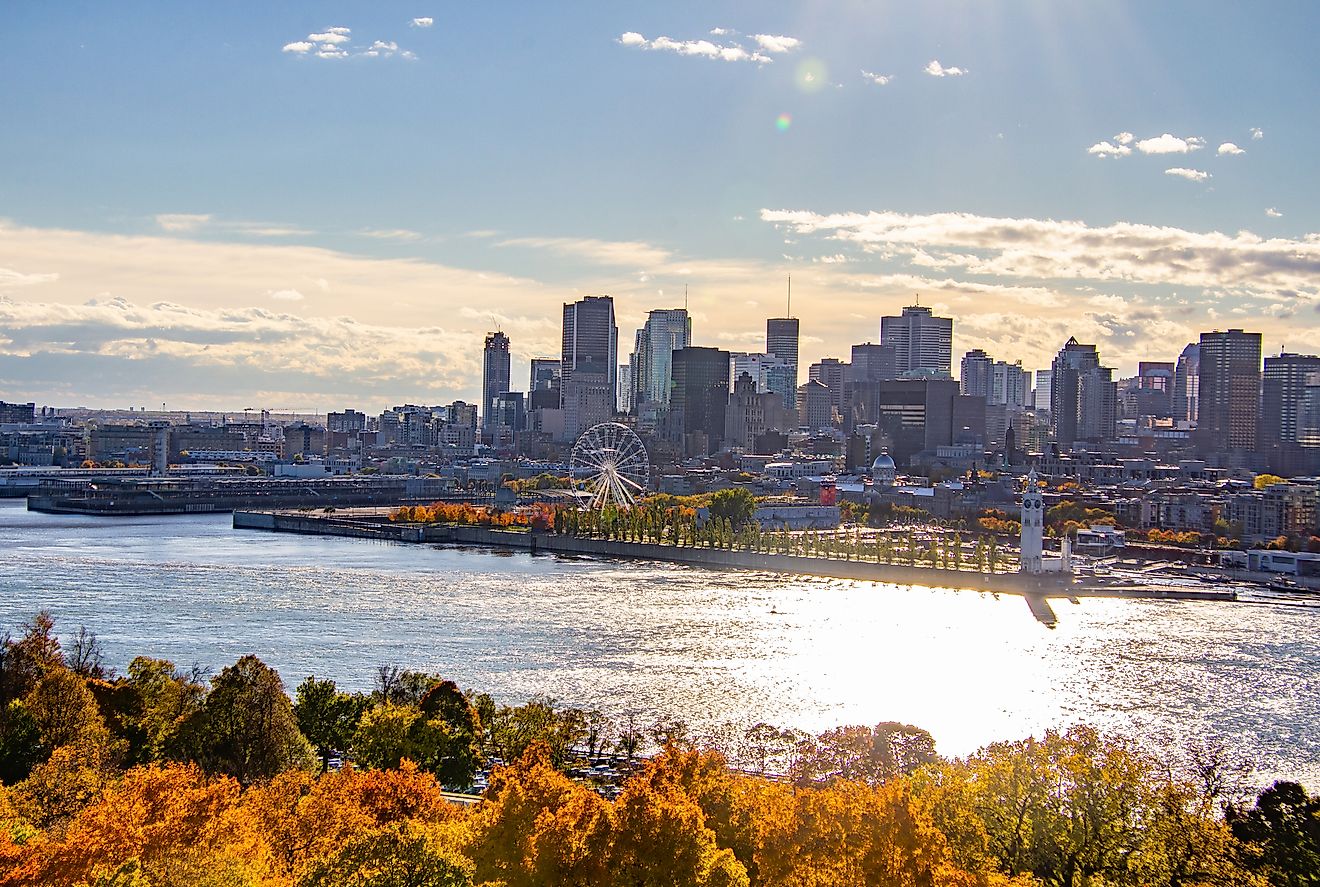
- The St. Lawrence River measures 1,197 kilometres, or 744 miles long.
- The river was named by explorer Jacques Cartier who sailed up the river on the Feast of St. Lawrence.
- The river was once a glacier-filled depression, which filled as the ice flow receded.
The Saint Lawrence River is one of the largest hydraulic systems in the world. It is located along the Southeast of mainland Canada, with its outflow starting in Lake Ontario, and ending in the Atlantic Ocean. The river measures 1,197 kilometers, or 744 miles, and is part of the larger St. Lawrence Seaway which extends some 4,000 kilometers, or 2,500 miles.
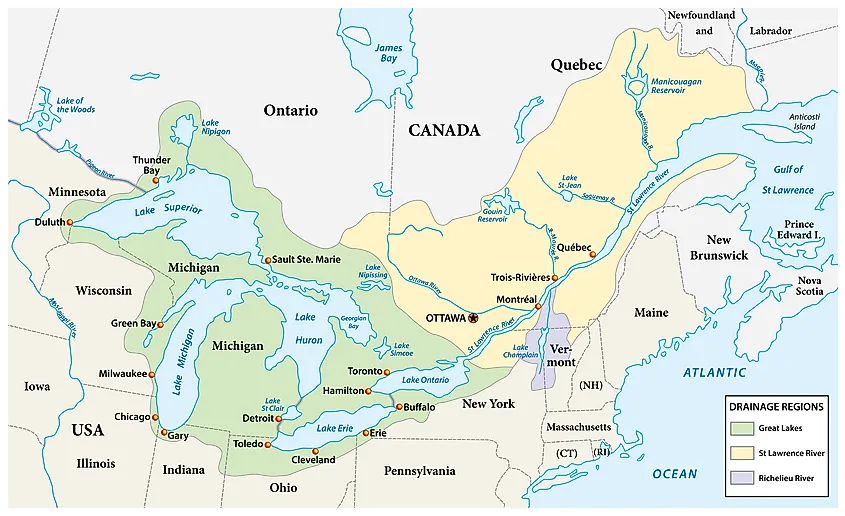
History
The St. Lawrence River played a major role in the history and development of early Canadian and early American settlements. The very first recorded explorer to reach North America from Europe was Jacques Cartier, who stumbled upon what is now Newfoundland in his search for passage to the Orient. He later made a return journey to what is now Canada and entered the mouth of the St. Lawrence River on St. Lawrence feast day, and thus named the river accordingly. At that time, he travelled up the river inland, as far as what is now Montreal. The river became an access point for those wishing to explore the interior of North America, and the region was famously traversed by Samuel de Champlain following Cartier’s initial discovery.
In the 1780s, canals within the river were expanded to allow for bigger boats and ships to enter and bring supplies and trade goods. Plans were drawn up to further open access to the great lakes from the sea in the 1930s, however U.S. treaties prevented this expansion, and efforts were delayed. In 1954, however, U.S. Congress accepted proposals to partner with Canada to allow for access through the St. Lawrence to the Great Lakes, and thus the Saint Lawrence Seaway began.
Geology
The St. Lawrence River was once a large depression occupied by glaciers. As the glaciers melted and receded, the depression was later flooded by seawater. Eventually this became what is now the St. Lawrence River, when the Earth’s crust shifted and lifted, draining the sea water in the depression back out to the ocean.
By that point, waterways had been established which followed the course of the rift depression and filled it with mostly fresh water. The river and the depression are part of three geological regions which are the Canadian Shield, which underlies much of mainland Canada, the Appalachian Mountains, and a sedimentary rock platform which lies between the two.
Flora
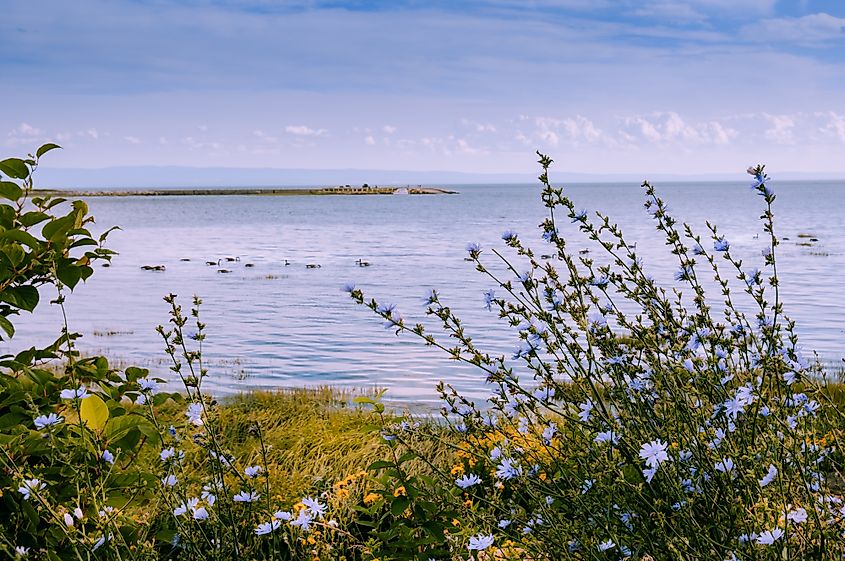
The St. Lawrence River and its banks are rich in vegetation and plant life. The regions surrounding the river are characteristic of these areas of Canada and the northeastern United States, being mainly shrubby zones and large forests. Deciduous forests, coniferous forests and mixed forests - which have a relatively equal amount of both types of trees - fill much of the mainland around the river, from Lake Erie and Lake Ontario all the way east to the St Lawrence Gulf. The riverbanks themselves also offer sandy banks where sand-dwelling grasses and water reeds grow in abundance. Flowering rush, purple loosestrife and reed canary grass have also flourished along the riverbanks, becoming invasive in some areas. Aquatic plants in the river include pond lilies, milfoil, pondweed, and water weed, many of which become a food source for resident or migratory waterfowl.
Fauna
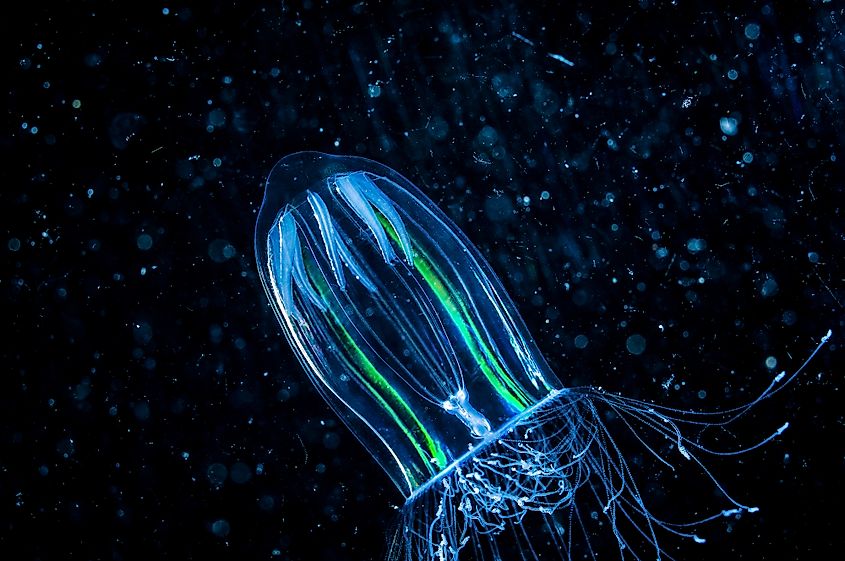
Traditionally, and throughout history, the St. Lawrence River has been an area rich in wildlife - especially in terms of fish. Fishing was common in these waters, as well as in the gulf and sea surrounding maritime Canada, and the eastern coast of the United States of America. Sturgeon, smelt, and herring live in the more open areas of the St. Lawrence, while bass, pike, walleye, perch, carp, and Atlantic salmon all reside in the river. Salmon are strongly associated with this waterway, as they spawn in the freshwater, live several years in the river, and then migrate to the Atlantic Ocean.
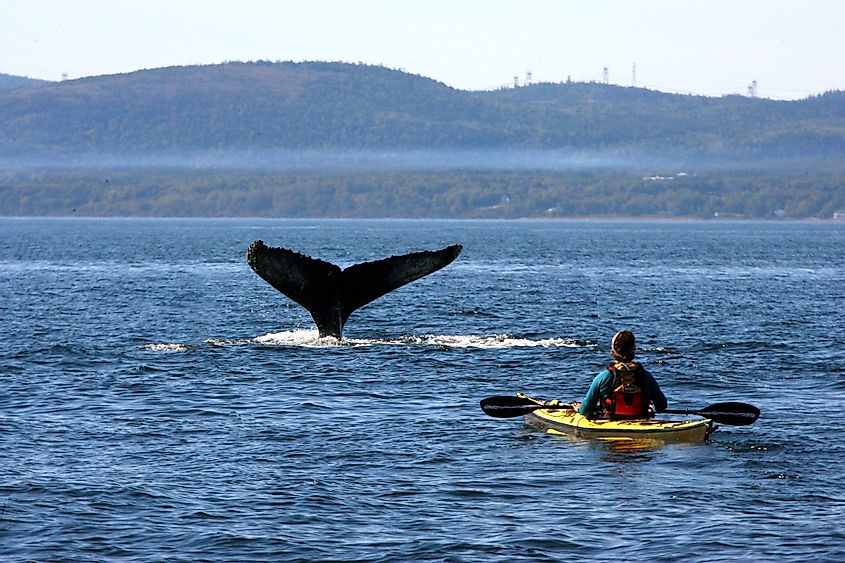
A diverse variety of fish can still be found in the river and gulf, however overfishing and human growth have caused a significant drop in most fish populations when compared to the time of settlement in North America. Freshwater mussels are also common in the St. Lawrence, as well as mollusks and soft-shell clams. Many of these freshwater mussels, however, are non-native species which were brought over on ships and boat bottoms with the construction of the St. Lawrence Seaway. More than 180 invasive or non-native species can now be found in the Great Lakes watershed.
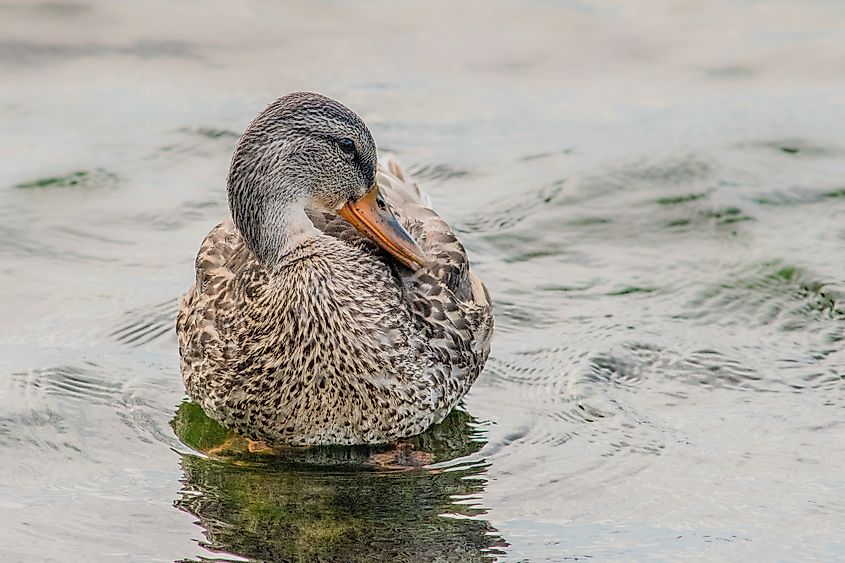
Waterfowl also migrate through this area, feast on the many fish species, and rest amongst the wet marshy banks or sandy shores. The St Lawrence River forms a major part of the Atlantic Migratory Flyway, meaning a large variety of bird species pass through the region seasonally. A wide range of ducks, geese and bustards live in or migrate through the St. Lawrence area. Black terns, bald eagles and ospreys also live along the water either in banks, or nearby forests.Mammals that live in or along the river include beavers, minks, and porcupines, as well as larger mammals like deer and moose.











